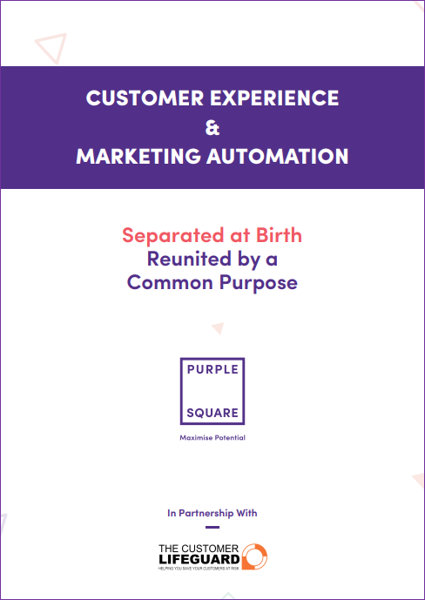How do you pick a good CDP?
Often these days, I get asked the question by our clients: “How do you pick a good CDP?”. Although it isn’t easy to answer, it’s always a great question to get. While comprehensive answers that fit your exact niche, needs and vertical would take a detailed deep dive by one of our consultants, I’ll attempt to answer a few of the more common points to consider, as I see them.
How do you pick a good CDP?
As the title suggests, this is one of the most common questions, and as a vendor agnostic MarTech consultancy, it is one we are well positioned to be able to respond to. After all, if you are aligned solely to Salesforce, then their proprietary CDP would doubtless seem ideal, equally in the Adobe world, they have the formidable Real Time CDP offering. When your tool is a hammer after all, every problem looks like a nail. In any case, the annoying answer to the question is, as you might have already guessed is, it depends.
But what does it depend on then?
That’s a fair point, I’m sure we can dive into that a little, correct a few misconceptions.
Define your requirements
The first thing I strongly recommend as a critical dependency is, to define some rock-solid business critical requirements from your ideal CDP. The second thing to do is to DEFINE SOME REQUIREMENTS. I know I said that twice, but it bears reinforcing like you wouldn’t believe. A lot of the time I talk to Marketers who tell me they need a CDP, then can’t convey a solid clear understanding of their business needs from a CDP. With that approach, I guarantee they will be able to find a vendor and implementation partner just fine for any CDP on the planet, but without some specific tangible needs surfaced by the business, not to mention an understanding of what not having them is costing your business, both strategically and materially, the project isn’t going to realise anything like the value you may think.
Understand what a CDP is and does
The next thing I want to recommend is, to work very hard to create a common understanding on what a CDP is and does, and what it will do for your business, not what it could do, or what it should do. Part of the issue with the wide, wide world of CDPs, is that their very flexibility as a toolkit makes it very hard to define as an actual product – it ends up being all things to all people, but without a common understanding, not everyone is going to be happy at the conclusion of a CDP implementation project.
To create a common understanding requires getting everyone from every department the CDP will touch into a room, to get a list of essential features, and nice to haves. For example, I was speaking to a learned colleague recently who occupies a similar position at one of our competitors (but we think it’s a better use of our time to be friends than adversaries), we were talking about the common mistake that happens when people confuse Identity matching and Identity Resolution. Most CDPs on the market do Identity Matching very well, most do not do Resolution the same justice. It is similar to the programming languages Java and JavaScript, sound the same on the tongue, but actually are totally different (about as similar as Car and Carpet, as one techie once told me).
- Identity Matching allows you to compare datasets based on their primary key, e.g. email address, so that records associated with tim@purplesquare.com in my eCommerce platform can be linked in the CDP at the point of ingestion to records with the same email in the web analytics datasources.
- Identity Resolution is orders of magnitude more fuzzy. Many datasources, especially in an offline world aren’t so lucky to be primary keyed based on email address. Print companies for decades have wrestled with how to turn a person’s title, first and last name and physical address into a matchable key that can be compared between datasources. A simplistic example is how to resolve three disparate datasources containing Tim, Timmy and Timothy into a single common identifier to leverage the power of the combined data (don’t ever call me Timmy though).
This is one of the many subtle tripping points on the road to getting yourself a future-proofed data unification capability that will stand you in good stead for the years to come.
What is the ROI on a CDP?
I could go on all day, but I’ll leave you with this final thought – how do you measure the Return on Investment for a CDP? Often, a well-deployed CDP can be as much about saving money as it is about creating additional revenue – a CDP saves software development time and money by using common third-party integrations supported by that CDP (provided you thought to check the integrations before you purchased!), saving you the cost of building them yourselves. To provide a counterpoint however, due to these custom integrations you will come to depend on, it might be harder to get off a CDP in the future than it was to get on one, so great care must be taken to consider the long term as well as the short and the medium, when choosing a CDP.
If you’d like to talk about how Purple Square could help you with your CDP approach, either from a strategic perspective to help you select the one that’s right for you, or to provide business analysis and technical resource to bridge gaps of understanding and capability within your organisation, we’d love to hear from you.
Like what you see?
Subscribe to our newsletter for customer experience thought leadership and marketing tips and tricks.




